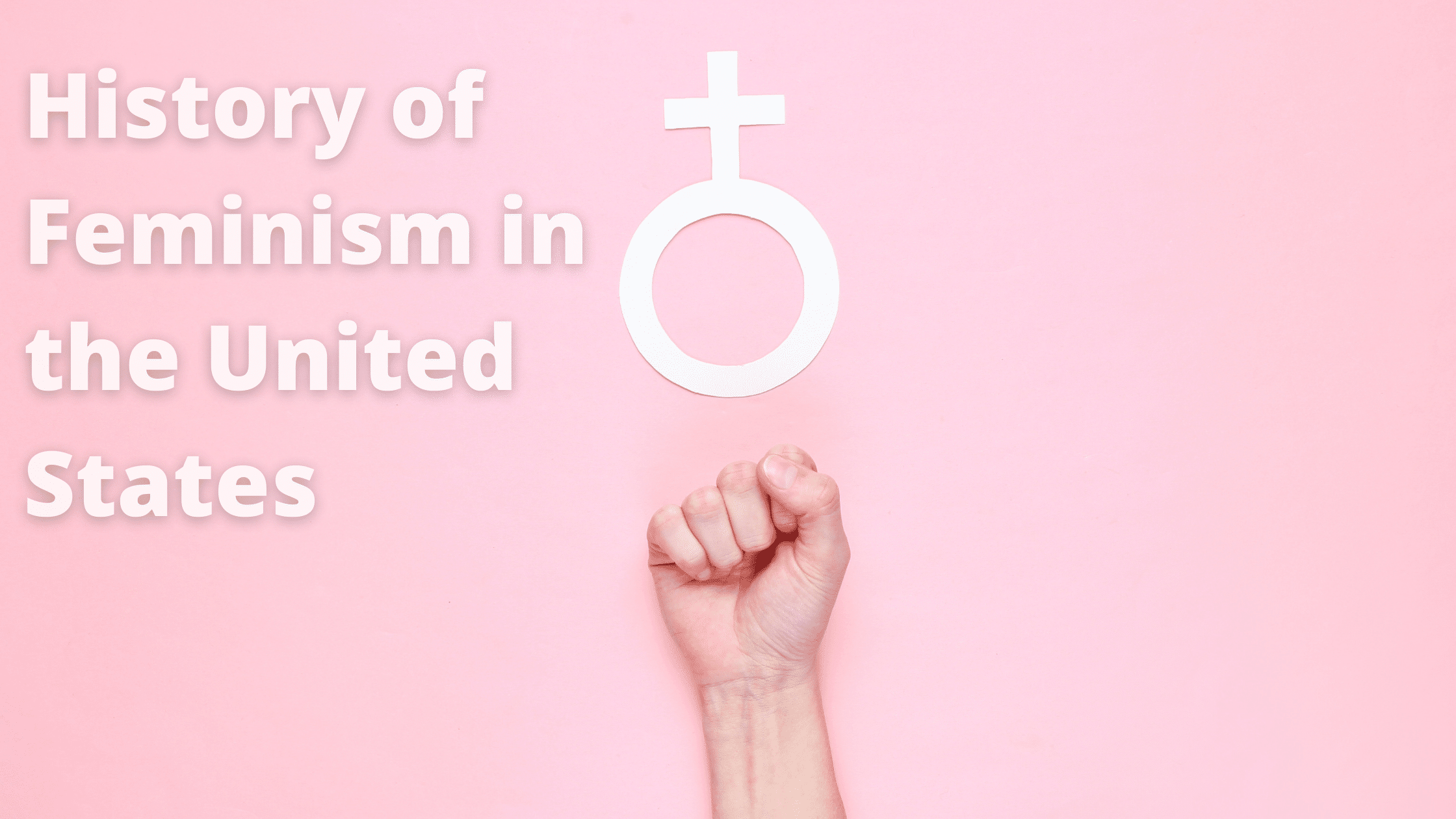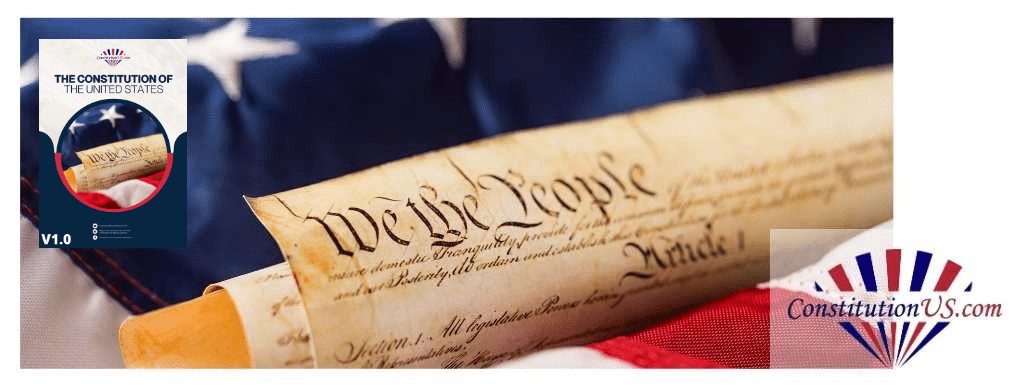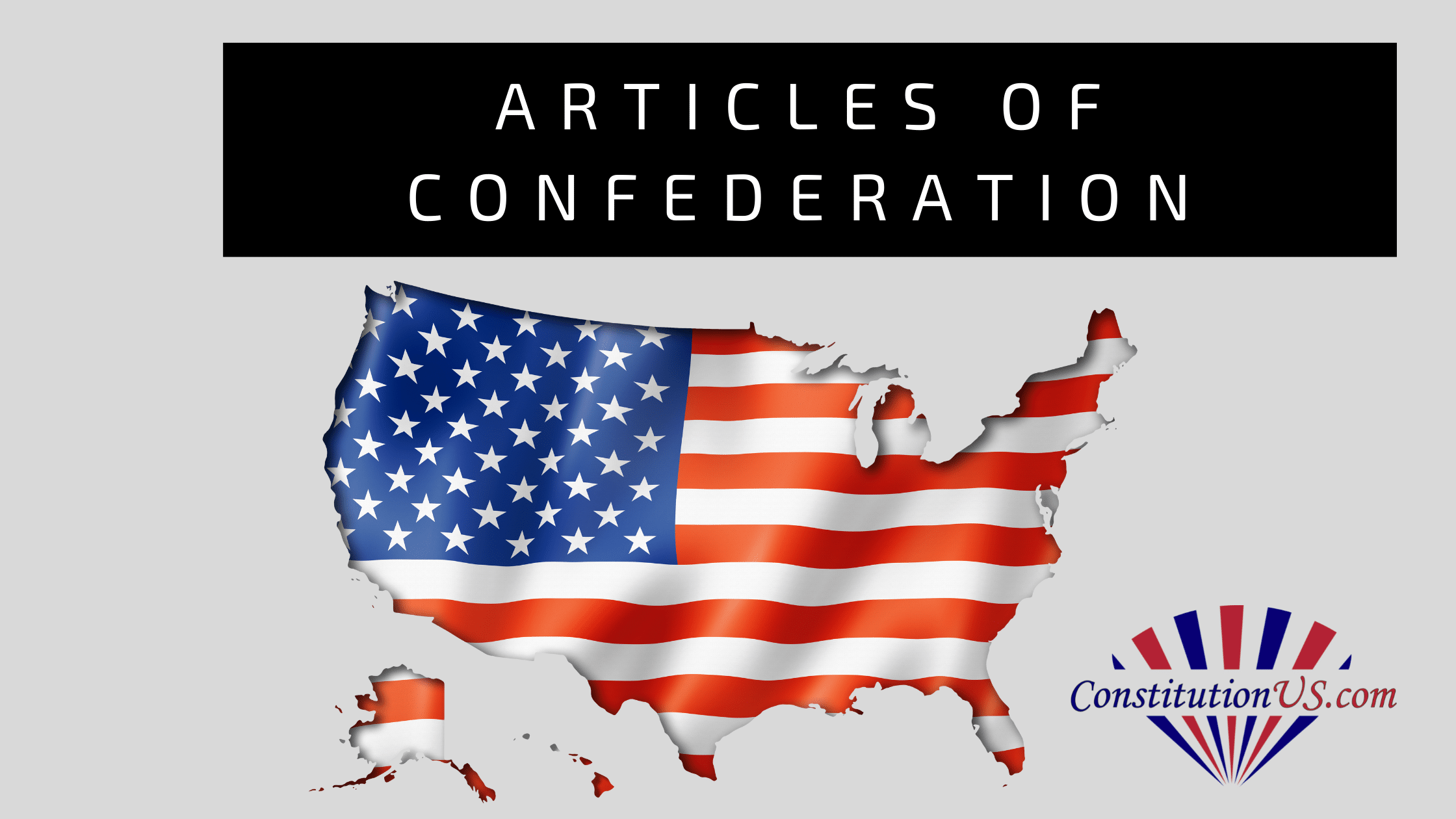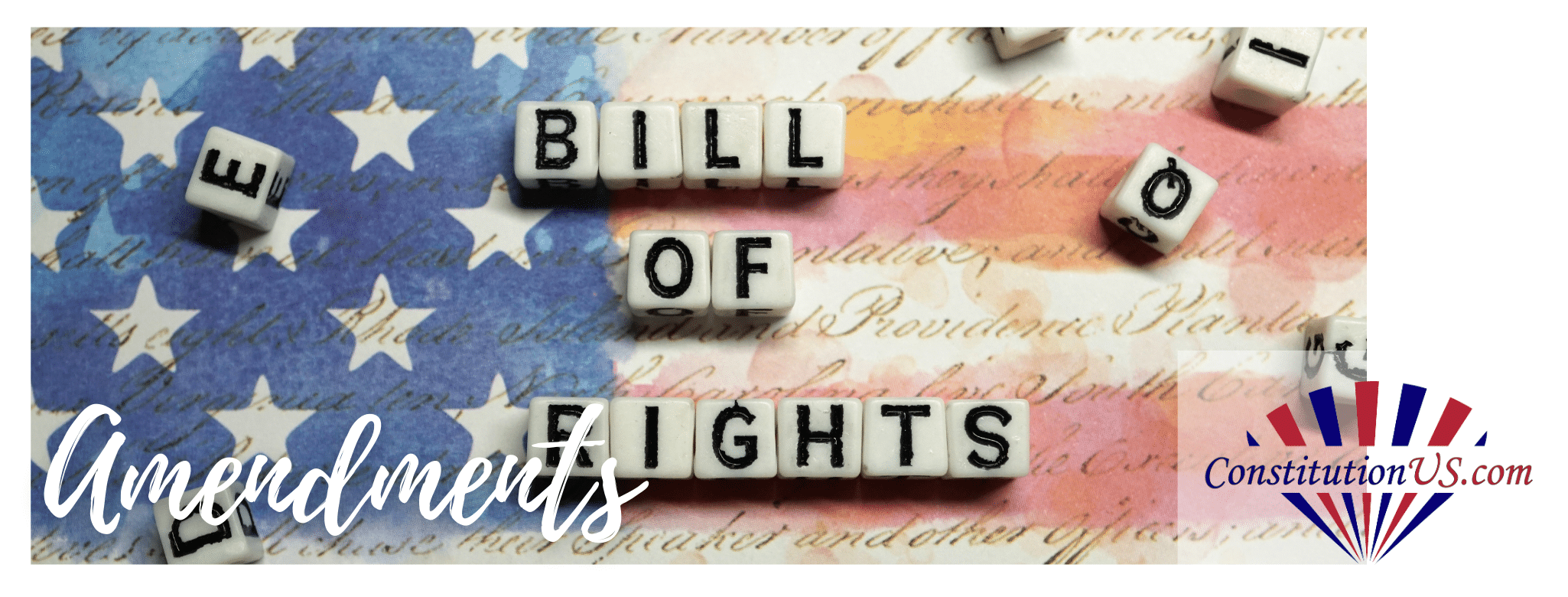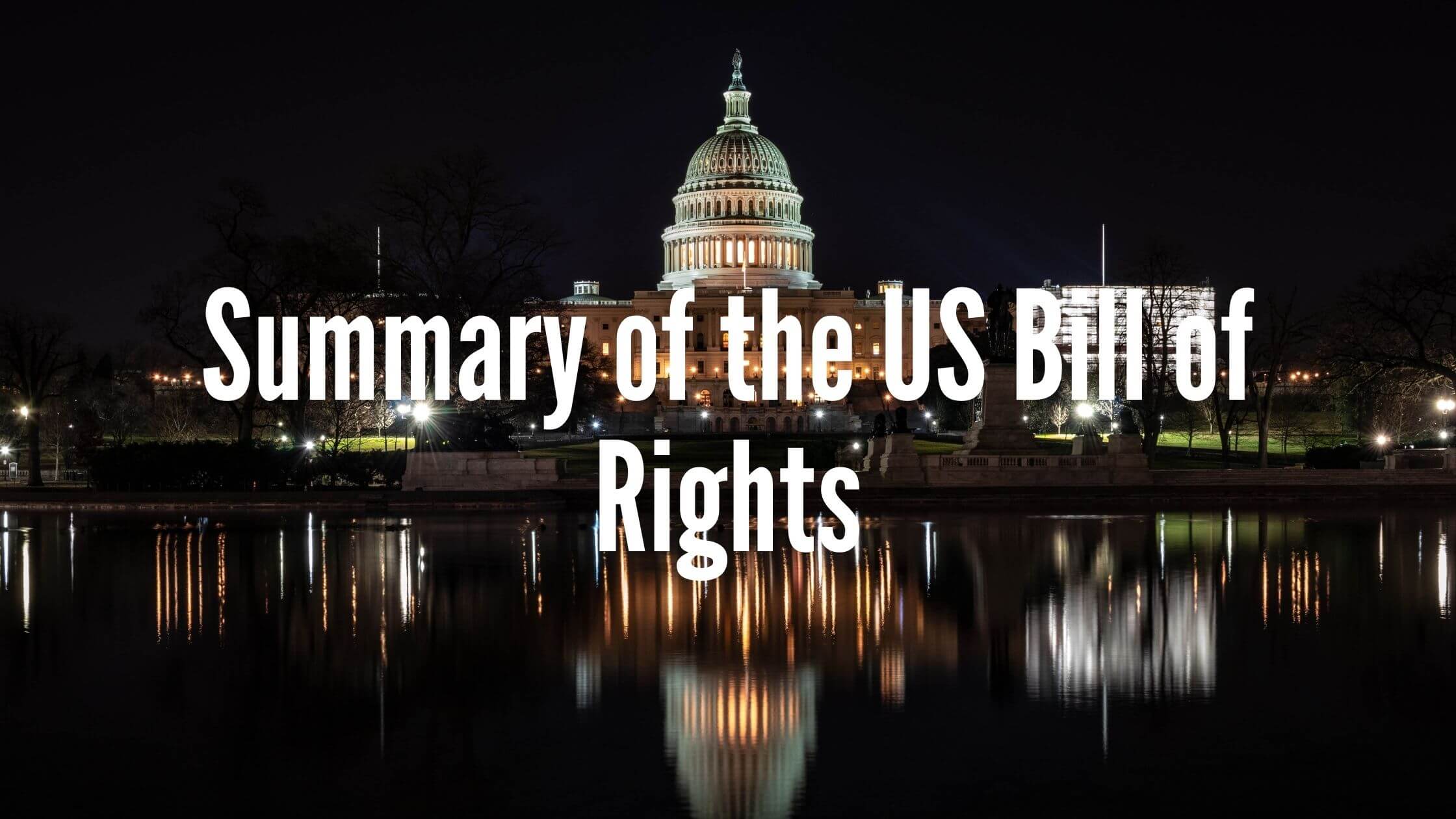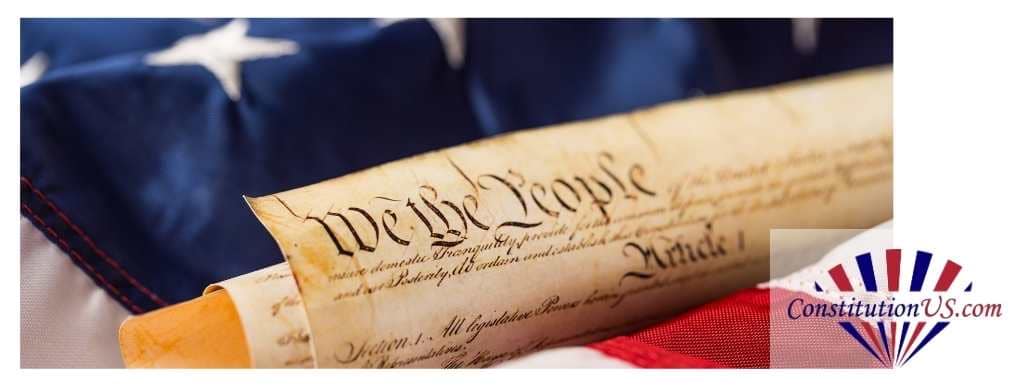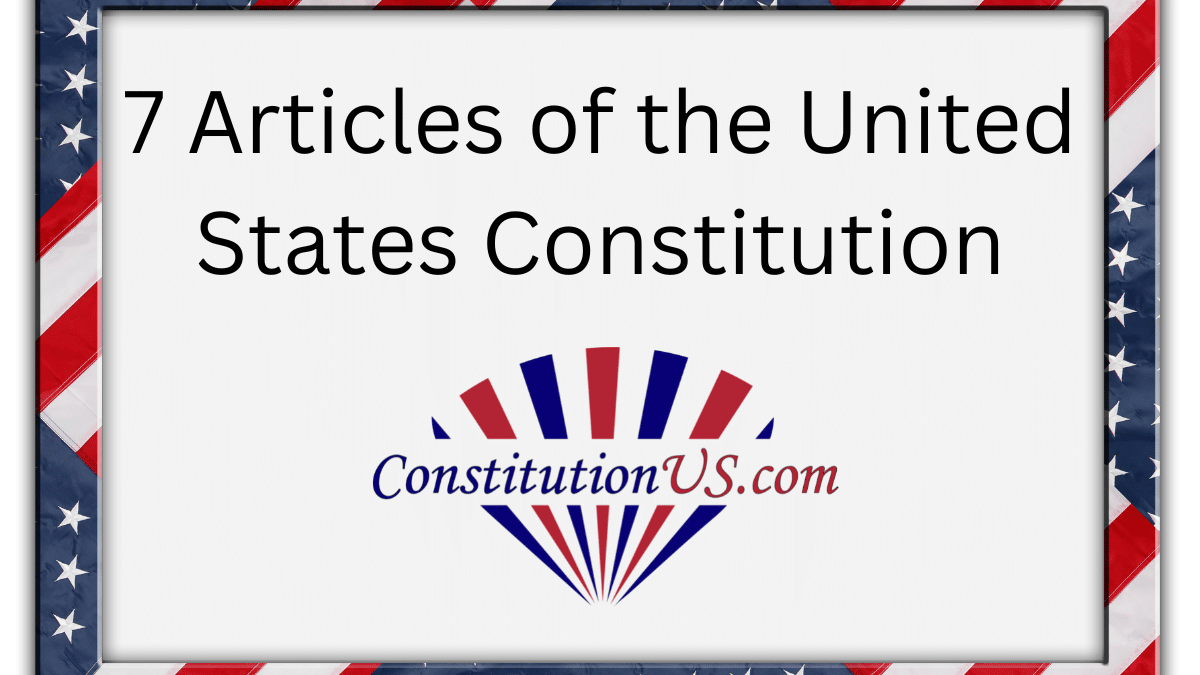Where was the feminist movement born in the United States?
History widely recognizes the 1848 Seneca Falls Convention, the first-ever women’s rights convention, as the First Wave of Feminism. The convention, held in Seneca Falls, New York, drew a crowd of 300 mostly-female thinkers, activists, and writers who convened to discuss and organize for women’s rights.
At this time, many people advocating for women’s rights had come to their position through an interest in the abolition movement. However, by examining the abuses that black people were suffering, they also began to recognize the inequality women faced. Indeed, one of the most notable attendees of the Seneca Falls Convention was noted black rights activist and scholar Frederick Douglass.
Lucretia Mott and Elizabeth Cady Stanton first conceived the convention. The women had first met at the World Anti-Slavery Convention, where they were shocked to find that the convention would not allow them to serve as delegates because they were women. This injustice inspired them to create their own convention, which would address the problems of inequality and address how to gain equal rights for women.
The Problem of Inequality
At this time in United States history, women were still primarily considered their husbands’ property. In many states and municipalities, women were subject to coverture laws. Coverture laws kept women subject to their husbands by denying them the ability to own their property or wages. In effect, anything a woman owned was turned over to her husband. Women were also denied the right to vote.
Beyond legal restrictions on women’s rights, there were also cultural and institutional barriers that limited women. Many professions were closed off to them because of access to education. In professions deemed acceptable to be filled by women, those workers earned substantially lower wages than their male counterparts and were expected to quit working and stay home as soon as they became mothers.
Further, even the dominant U.S. religion, Christianity, relegated women to minor roles within the church and encouraged that wives be submissive to their husbands.
Elizabeth Cady Stanton, along with the McClintock family, wrote up a Declaration of Sentiments that laid out their specific grievances regarding the treatment of women under the law and the cultural context of society. It was written to echo the style of writing of the Declaration of Independence. However, rather than the Declaration of Independence’s phrase “All men are created equal,” Stanton’s Declaration changed the wording to “All men and women are created equal.”
The Birth of a Widespread Feminist Movement
The Seneca Falls Convention is widely recognized as the birthplace of the women’s suffrage movement. Following the success of the first convention, excited participants organized a second one – the Rochester Women’s Rights Convention – which was held in Rochester only a few weeks after the original event.
Women from all over the country began to organize their own groups and conventions and fight for women’s legal rights. Chief among these demands was the right to vote.
The movement experienced a lull during the Civil War, which began in 1850, and reorganized when the war was over. Elizabeth Study Canton and Susan B formed the American Equal Rights Association. Anthony in 1866, in an effort to unite both black and white men and women to fight for voting rights for all Americans, regardless of sex or race. Unfortunately, not all women’s rights activists were interested in working with their black brothers and sisters, and the movement experienced a split that would not be rectified for many years.
During this time, many men and women fought for women’s suffrage, including – among many others – Sojourner Truth, Susan B. Anthony, Virginia Louisa Minor, and Louisa Ann Swain. They became the first women to vote during a general election in the United States. As a result, the 19th Amendment was passed in 1920, giving American women the right to vote.

Get Smarter on US News, History, and the Constitution
Join the thousands of fellow patriots who rely on our 5-minute newsletter to stay informed on the key events and trends that shaped our nation's past and continue to shape its present.


